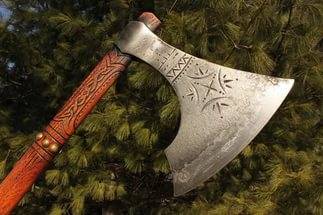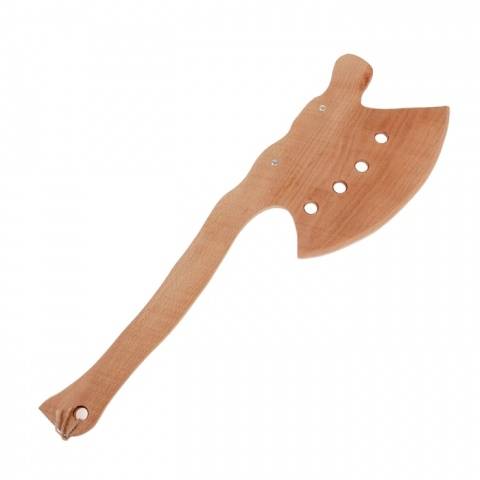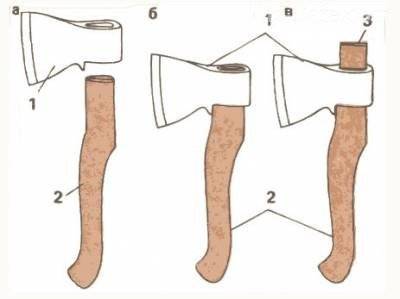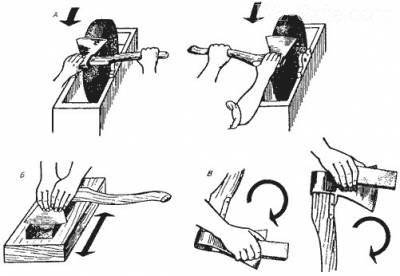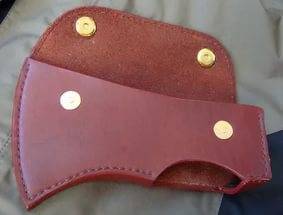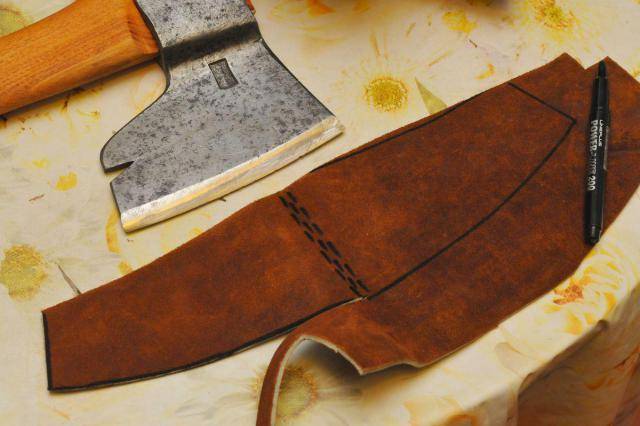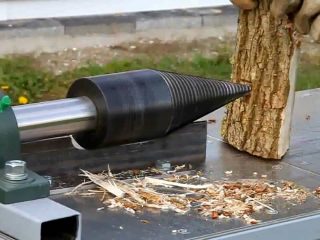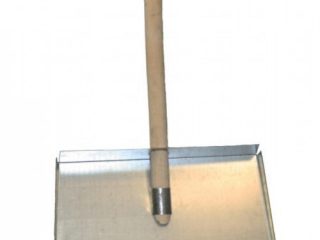Content
The ax is used not only for chopping wood. It serves as an indispensable tool for the carpenter. They go hiking, hunting with an ax, and their ancestors, in general, used it instead of a weapon. There are many varieties of this tool, differing in size, as well as the shape of the cutting blade and handle. Now we will look at how to make an ax for household needs and a case for storing it.
Manufacturing of axes of various purposes
A carpenter's tool or a wood cleaver is easier to buy in a store. They are sold already mounted on the handle. If desired, you can make a chopping tool yourself. To do this, you just need to purchase a blade.
Making a battle ax
A combat weapon is also called an ax. This model is characterized by a narrow butt and a low blade. The main difference between the ax is the long handle - at least 50 cm, as well as light weight - about 800 g. There are a lot of types of combat weapons: with a double-sided blade, a spike on the butt, etc.
The simplest battle ax can be easily crafted from a carpenter's ax. To do this, cut off the upper part of the blade with a grinder so that it turns out to be straight. A hook is cut out on the bottom, and the blade is rounded. The metal workpiece is fire quenched, after which grinding and sharpening is performed. The handle is made of birch with a cut at the end. After putting the head on the hatchet, a wedge is driven into the cut.
Making a wooden ax
Chopping tools can even be crafted from wood. It cannot be compared with its metal counterpart, but it is ideal for cutting thin brushwood on a hike. For the manufacture of an ax, hard woods are used, for example, oak. Moreover, the workpiece must be dry, without cracks and knots. The hatchet head can be made in one piece or in two pieces. This is as you like. To make a wooden ax, a template is applied to the workpiece, after which you will need to apply carpentry skills. The blade of the finished tool is sharpened, and then lightly burned over a fire.
Making a hunting ax
The hunting chopping tool values the right grip balance for precise strike. Experienced hunters love to use solid hatchets, half forged from metal. They are convenient for chopping animal carcasses. At home, a hunting weapon is easier to make with a wooden handle. The head is taken from a carpenter's ax and a wedge-shaped thin blade is sharpened with an emery wheel with a fine abrasive. It should be slightly rounded, but not semicircular.
The handle is cut from a birch blank. Rowan is a good choice. At the end, a groove for the wedge is cut. The size and weight of the handle depends on who the person will be hunting:
- for small game, a light handle weighing up to 1 kg and a maximum length of 60 cm is sufficient;
- for a large animal, the handle is lengthened to at least 65 cm, while its weight increases to 1.4 kg.
A wedge for strutting the edge of the handle must be made of wood. Iron over time will begin to rust and fall out of the groove.
Making a taiga ax
Now we will look at how to make an ax for felling or processing logs.Such a tool is called taiga, and it weighs about 1.4 kg. The tool differs from the usual ax in the shape of the ax. The handle is made with an elongated goatee, which prevents it from breaking when hitting hard. The blade is sharpened so that its rear edge is almost 2 times narrower than the front edge. The head of a taiga ax should have a smaller angle of inclination to the handle than that of a carpentry counterpart.
The video tells how to make an ax:
Hatchet making
Now is the time to consider how to make an ax handle from a piece of wood. For a light tool, a handle weighing 0.8–1 kg and a length of 40–60 cm is needed. For a heavy tool, the handle mass reaches 1.4 kg, and its length is 55–65 cm.
However, the length of the handle must be selected so that a self-made tool is convenient to use. Therefore, it is also important to take into account the height of a person, as well as his physique. For the hatchet, blanks from hard deciduous wood are used: birch, acacia, ash, etc.
To make a hatchet, a template is applied to the dried workpiece. Further, woodworking tools are used: jigsaw, knife, chisel, etc. Finishing is performed with sandpaper. The finished hatchet should fit snugly into the head eyelet. If the handle enters easily, it means that a marriage has turned out. Wedging will not help here, and you will have to do everything again.
Fitting the head and sharpening the blade
When the handle is ready, make a cut in the upper part with a hacksaw for metal. Its depth is equal to half the width of the head lug. Next, there is the process of putting the metal part on the hatchet. The order of the process is shown in the photo:
- the head is stuffed onto a vertically installed handle, hitting the bottom of the ax on a wooden surface;
- when the edge of the ax is equal to the upper part of the eyelet, a wooden wedge is driven in, and its remaining protruding part is cut off with a hacksaw.
When the ax is completely ready, lubricate the handle with any oil. Let it absorb a little, and then wipe it off thoroughly with a rag.
Sharpening the blade of a construction tool is performed at an angle of 20-30about, and the carpentry tool - at an angle of 35about... It is better to do this with an electric grinder. First, use a wheel with a coarse abrasive for rough sharpening, then grind the blade with a fine-grained bar.
Making a cover for storing and transporting an ax
For safety reasons during transportation and storage of the ax, you need to make a cover. Consider the three simplest options:
-
A ready-made case for an ax is easier to make from a leather briefcase or an old bag. To do this, on the material, you need to draw the contours of the head with a margin. Further, with the help of a boot hook and sew, sew along the markings. This completes the bag. So that the ax cover can be hung on the belt, two loops are sewn on the back. Alternatively, it is easier to cut two holes and pull the belt through them.
-
If there are pieces of thick leather lying around on the farm, then it will be possible to carve out an excellent cover for an ax from it. To do this, you need to outline the head on the material with a pencil, and then cut out two identical fragments. Next, they will have to be sewn. To prevent the cover from falling off the head, you can use the buttons to fix two strips of leather. They should cover the butt of the ax in the stowed position.
- Having a hair dryer and a PVC drain at hand, you can make a good cover for an ax. The plastic blank is well heated, after which they begin to bend from the butt side. When the product takes on the desired shape, cut off the excess pieces of plastic with scissors.
Any ax cover considered will protect a person from injury during transport.
That's all the intricacies of making an ax at home. During the process, it is important to remember about safety precautions so as not to accidentally injure yourself on a sharp blade.
